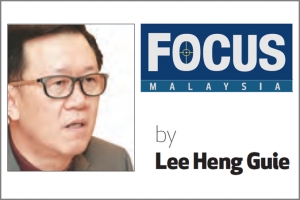Serc
%23 %079 %2021
Insight - Some ideas for the new government
Published in
Economic Digest
Tagged under
THE EDGE
Published in
News
Tagged under
%16 %076 %2021
当心低基数效应增长
Published in
Economic Digest
Tagged under
%17 %075 %2021
FBM KLCI sees green despite Malaysian leadership drama
THE SUN DAILY
Published in
News
Tagged under
%14 %074 %2021
High 2Q 2021 GDP growth: Beware of the base effect!
Published in
Economic Digest
Tagged under



